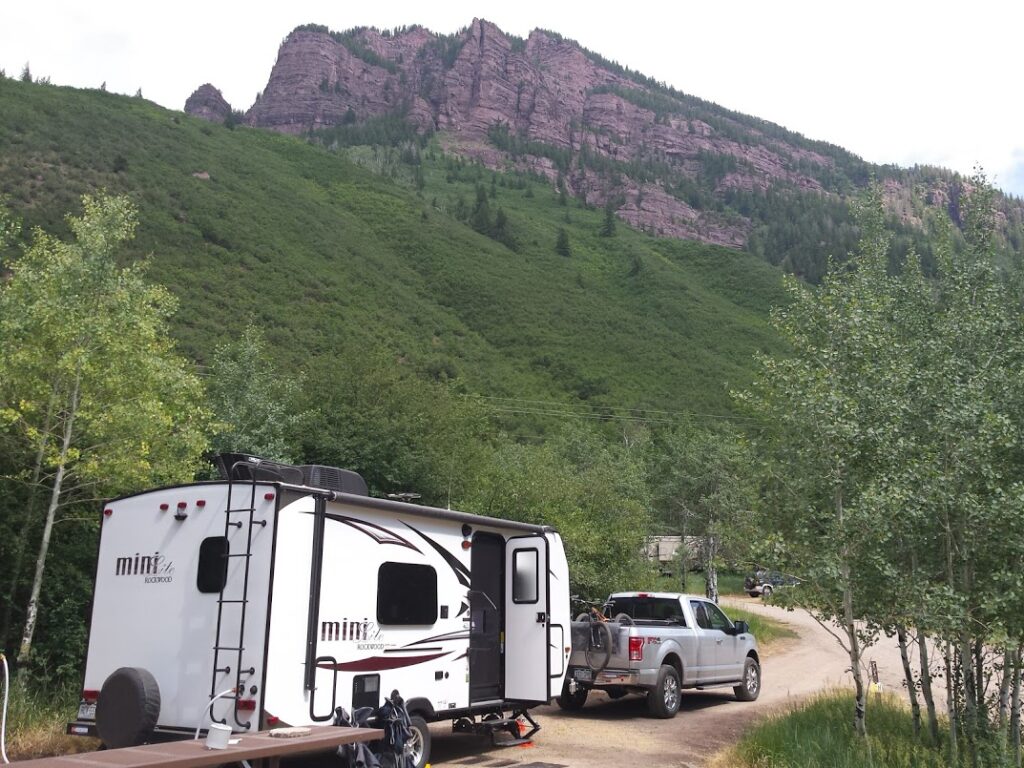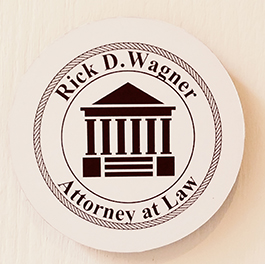High-profile vehicles, such as trucks, buses, and recreational vehicles (RVs), are characterized by their increased height and often large surface area, which makes them particularly susceptible to the effects of strong winds.
When these vehicles are exposed to gusts of wind, the wind pressure creates a lifting effect on the side of the vehicle facing the wind, while simultaneously pushing down on the opposite side. This phenomenon, known as the “sail effect,” can make high-profile vehicles difficult to control and prone to tipping over or being pushed off the road.
Additionally, high winds can cause sudden and unpredictable changes in the direction and speed of a vehicle. This instability can be particularly dangerous when high-profile vehicles are traveling at high speeds or maneuvering around curves, as drivers may struggle to maintain control over their vehicles. The risk of an accident is further exacerbated when these vehicles are transporting heavy loads, as the added weight can increase the likelihood of tipping or losing control.
Furthermore, high profile vehicles’ sheer size and weight increase the likelihood of catastrophic damage and injuries when an accident occurs.
To mitigate the risk of high wind-related accidents, drivers of high profile vehicles must exercise caution when traveling in windy conditions. This may include reducing speed, maintaining a safe following distance, and being aware of the potential for gusts of wind, particularly when driving near large open spaces or crossing bridges. Additionally, vehicle manufacturers can help reduce the risk of accidents by designing high-profile vehicles with lower centers of gravity, enhanced stability control systems, and wind-resistant features.

